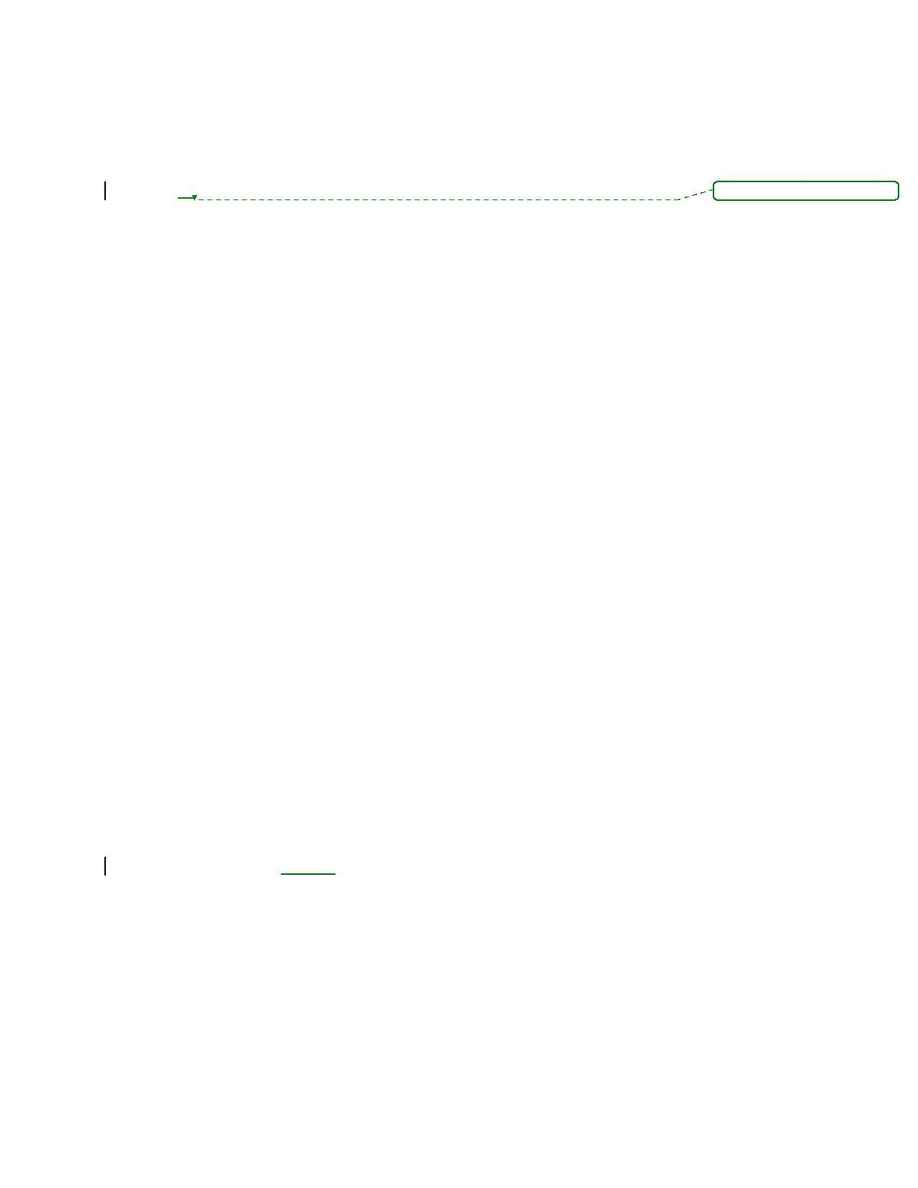
69
about 6% glucose and 10 to 25 mEq/L of sodium. Simple solutions can be made at home.
One tsp/L sugar yields a 0.35 to 0.5% solution, so 3 to 4 tsp sugar in a liter yields a 1 to
2% solution with about 50 kcal. One-half tsp NaCl (table salt) added to 1 liter of water
yields about 30 mEq/L. In the wilderness, it is convenient to replace salt with snack foods
during exertion. Although the teaspoon measurement method is quite variable (yielding
3.5 to 5.0
ml
), concentrations over the resulting range are not dangerous.
B. Treatment of mild heat illness.
Oral electrolyte solutions are an excellent means of treating mild to moderate forms of
heat illness, such as heat syncope, heat cramps, and heat exhaustion. The patient must rest
in the shade and sip fluids. Usually 1 to 2 liters of fluids similar to exercise replacement
fluids are adequate. Oral fluids cannot be used for heat stroke, during altered
consciousness, unless via a naso-gastric tube.
C. Replacement of enteric fluid losses.
Diarrheal illness (e.g. traveler's diarrhea) is the main indication for oral electrolyte
solutions. Most cases of infectious enteritis are self-limited, although antibiotics can
shorten the duration of most bacterial enteric infections. The major morbidity from these
infections results from dehydration, so rehydration and maintenance of fluids and
electrolytes are essential. Diarrheal fluid contains more electrolytes than sweat: sodium
(50 to 100 mEq/L), chloride, and significant amounts of potassium and bicarbonate. Oral
replacement is feasible because the gut can absorb water and electrolytes when
administered with glucose, even during severe secretory diarrhea.
The optimal composition of rehydration fluid for gastrointestinal losses is a
sodium concentration between 50 and 90 mEq/L. The lower concentration may be more
palatable, but the higher concentration is most effective with moderate dehydration.
Maximal glucose concentration is 2 to 2.5%. Higher concentrations may have an osmotic
effect, making diarrhea worse. Cereal-based ORS contains complex carbohydrate
molecules from rice or grains that do not create an excessive osmotic load, but are
digested as simple glucose. At least 20 mEq/L of potassium is necessary and 30 mEq/L of
bicarbonate is optimal.
The World Health Organization (WHO) has developed electrolyte salts
specifically for diarrheal illness that contain 90 mEq of sodium, 20 mEq of potassium, 80
mEq of chloride, 30 mEq of bicarbonate or trisodium citrate, and 111 mmol (2%) of
glucose, which must be mixed with 1 liter of disinfected water. Packets of these oral
rehydration salts are distributed throughout the world by WHO and UNICEF, commonly
under the name Oralyte. More expensive premixed solutions are available, but are not
practical for wilderness or foreign travel. Sports drinks and other "clear liquids" contain
insufficient sodium and potassium and excessive glucose for treatment of diarrheal
induced dehydration, but are better than plain water.
If pre-measured salts are not available, a substitute recommended by the Centers
for Disease Control and Prevention (CDC) consists of alternating glasses of the following
two fluids:
Glass #1:
8 oz
(250ml)
fruit juice (such as apple, orange, or lemon)
1/2 tsp honey or corn syrup
1
pinch
salt
Deleted: cc
